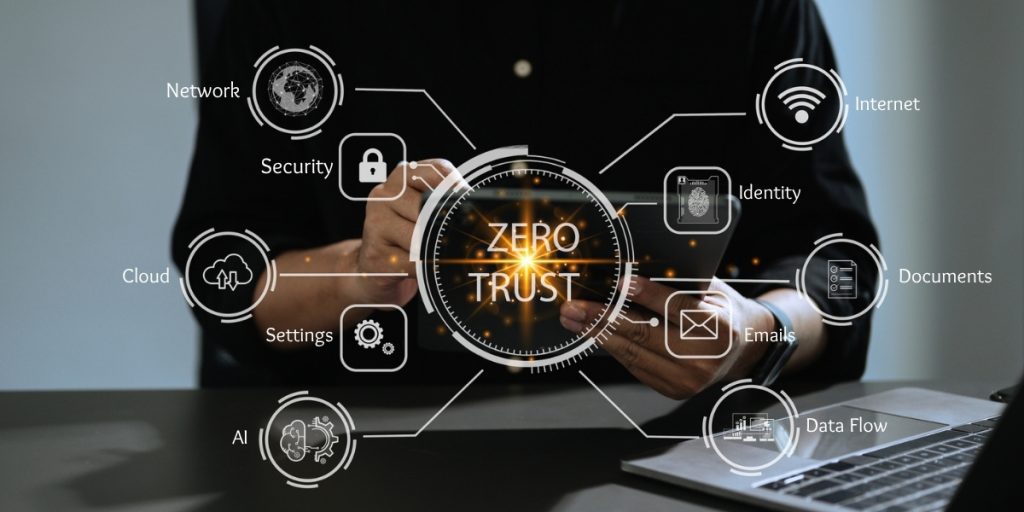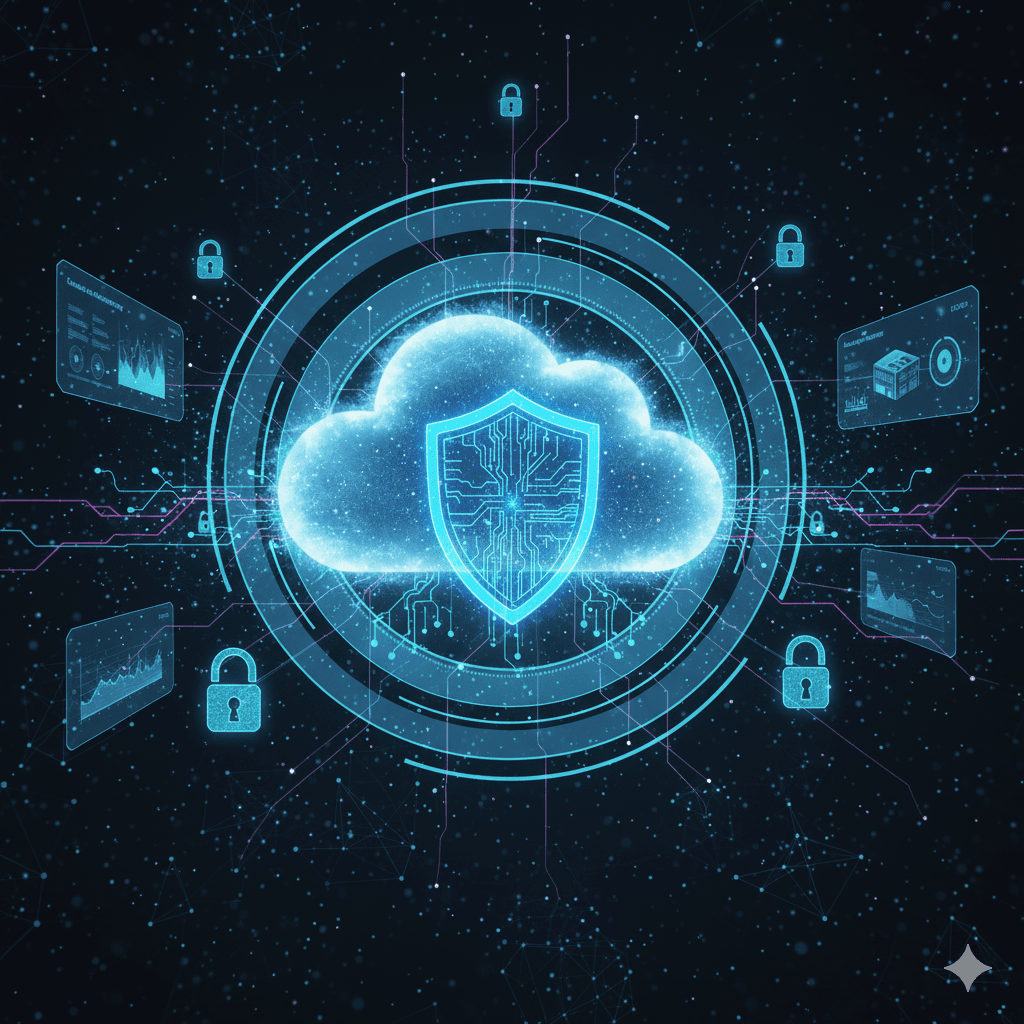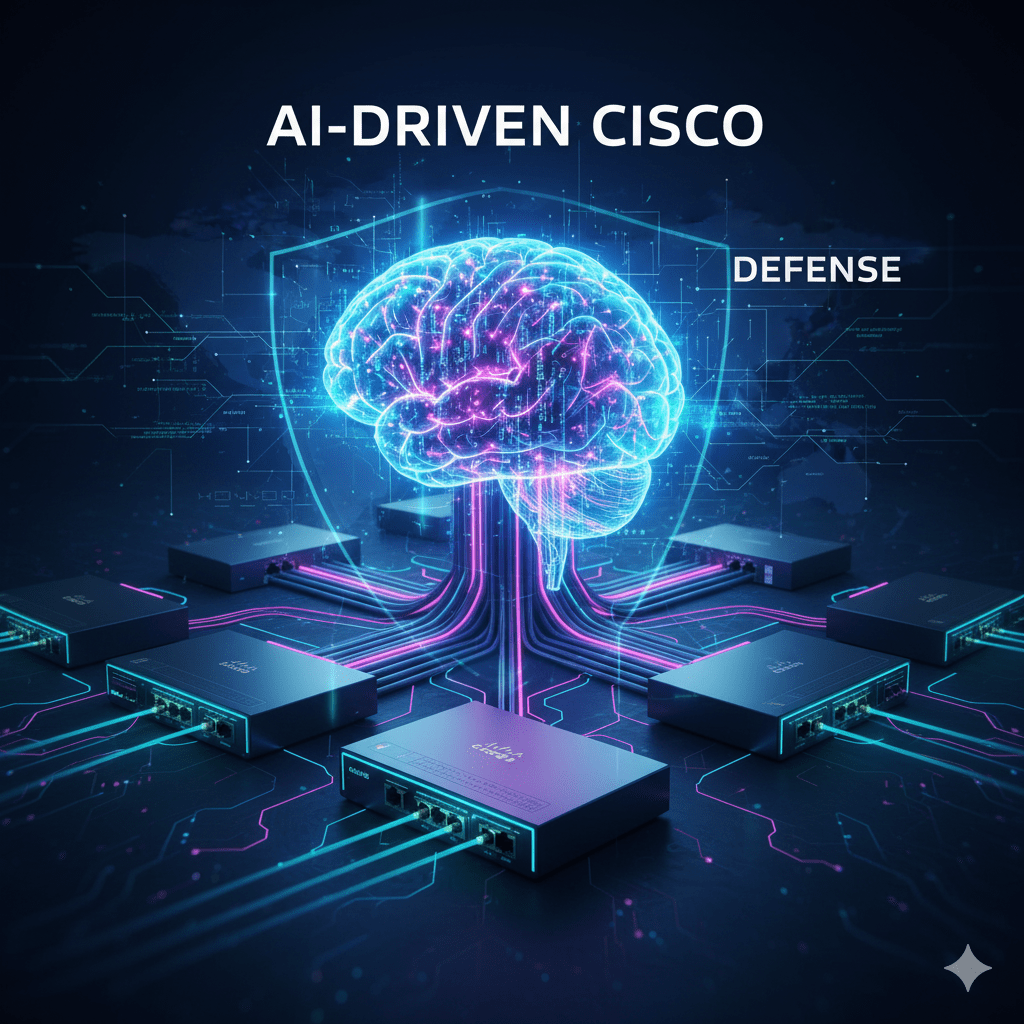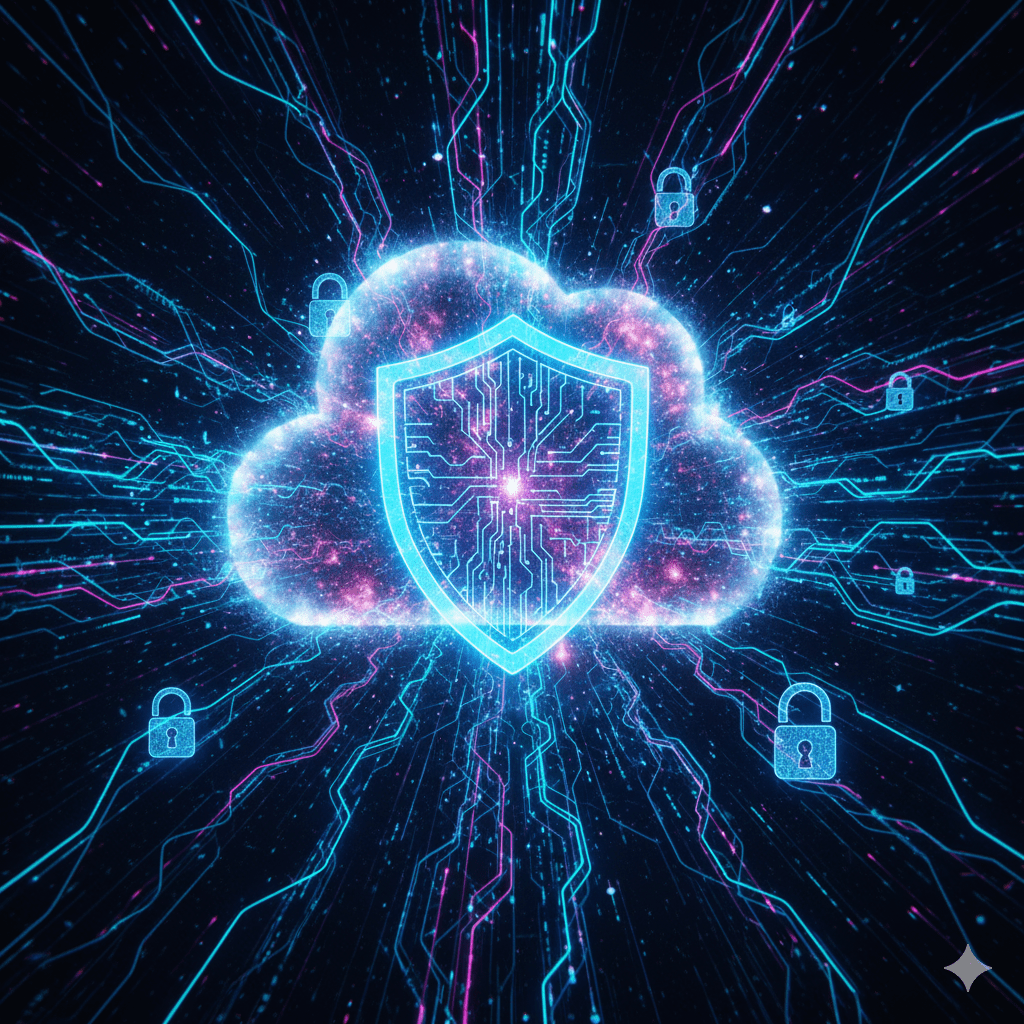The security model that protected your business five years ago is broken. In today’s landscape of cloud migration, remote work, and constantly evolving AI-driven threats, relying on the old “castle-and-moat” perimeter is no longer sufficient—it’s a critical vulnerability.
As we move through 2025, the rise of sophisticated cyber threats demands a stronger, more proactive security stance. This leads us to the one non-negotiable principle for modern protection: never trust, always verify.
This is the foundation of Zero-Trust Network Architecture (ZTNA). For D2D IT Services, Zero Trust is not a technical upgrade; it’s the fundamental shift in philosophy needed to defend modern organizations from within.
What is a Zero-Trust Network in 2025?
A Zero-Trust Network is a security framework that assumes that no user, device, or application—inside or outside the network—should be automatically trusted.
Instead of granting blanket access once someone signs in (the old way), ZTNA requires continuous, explicit verification for every access attempt, regardless of where the request originates. Think of it as:
- No Free Passes: Every request is treated as if it originated from an insecure, external network.
- Need-to-Know Basis: Users only get access to the specific applications or data they absolutely need to do their job, preventing lateral movement by hackers.
Why the Old Perimeter Model Failed
The traditional security model built a single, strong firewall around the corporate network (the “castle”). Once an attacker bypassed this single defense, they were free to roam the network and steal data.
Today, your data isn’t just in one building. It lives across:
- Public Clouds (Azure, AWS)
- Employee Laptops (at home and in coffee shops)
- Vendor Systems
- Mobile Devices
Because there is no longer one “safe” place, the concept of a trusted internal network is obsolete. ZTNA is designed to secure the data wherever it resides.
The Three Pillars of Modern Zero Trust
Implementing Zero Trust involves creating a resilient network built on three pillars of verification:
1. Identity and Access Control (Verify Every User)
Before access is granted, the identity of the user must be rigorously confirmed.
- Strong Authentication: Multi-Factor Authentication (MFA) must be mandatory for all users and applications, preventing stolen passwords from leading to a successful breach.
- Role-Based Access: Centralized Identity and Access Management (IAM) controls ensure that every user is only assigned access based on their verified role.
2. Microsegmentation (Limit Access Scope)
Once a user is verified, their access is immediately limited to only the resources necessary for the specific task.
- Isolated Zones: The network is broken into small, isolated security zones. This ensures that if a single device or user account is compromised, the attacker is instantly trapped within that small segment and cannot move to sensitive parts of the network (like finance or R&D).
3. Continuous Monitoring (Verify Every Device & Action)
Access is not granted permanently. Security is a continuous process that verifies the device’s security health and the user’s behavior with every request.
- Device Health Check: Policies constantly assess if the requesting device is compliant (e.g., has up-to-date antivirus, is not jailbroken).
- Behavioral Analysis: If a verified employee suddenly tries to access a restricted server from a strange location, the system instantly revokes or challenges that connection.
Your Path to Zero Trust with D2D IT Services
Implementing a fully functional Zero-Trust system requires specialized knowledge in cloud architecture and security policy automation. D2D IT Services helps organizations, particularly those with strict compliance needs like government contracts, make this complex transition smoothly.
In 2025, adopting Zero Trust is an operational imperative, not an option. Partnering with D2D IT Services ensures you build a security framework that protects your sensitive data by verifying every access attempt, minimizing damage from internal threats, and securing your future.
Conclusion: The Security Imperative
Zero Trust is more than a defense strategy—it is the modern standard for corporate resilience. By eliminating implicit trust, you gain unparalleled control and visibility over every interaction on your network. Don’t wait for a costly breach to force this fundamental change. Embrace the Zero-Trust model today to protect your assets, ensure regulatory compliance, and solidify your competitive position in the digital economy.








